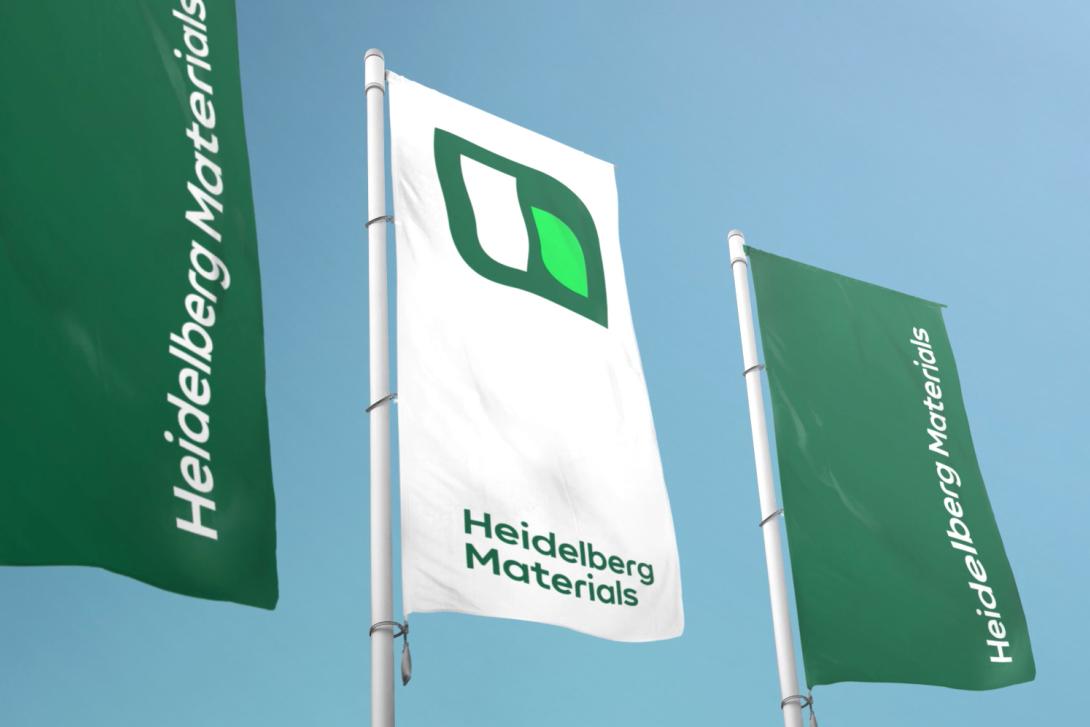HeidelbergCement publishes Group Sustainability Report 2017
Sustainability: an integral part of the Group strategy
Top priority: occupational safety and climate protection
Today, HeidelbergCement published its ninth Sustainability Report. The Sustainability Report 2017 was prepared according to the GRI Standards of the internationally recognised Global Reporting Initiative (GRI). The report conforms to the requirements of the “Core” option of GRI Standards and summarises important topics and challenges for Heidelberg- Cement in its drive for sustainable development. The report focuses on targets, measures and achievements of the company’s sustainability management.
Sustainability: an integral part of the Group strategy
Sustainable business management is an integral part of HeidelbergCement’s Group strategy. The Sustainability Commitments 2030, published in 2017, define the key topics and principles for the company’s future sustainability strategy. “For us, sustainable corporate governance means constantly reconciling our profit targets with the need to safeguard our future viability. Our sustainability strategy focuses on local responsibility – towards our employees and our neighbours as well as towards the environment, at more than 3,000 locations in around 60 countries worldwide,” said Dr. Bernd Scheifele, Chairman of the Managing Board. “With this report, we offer transparency about our objectives and our efforts in the field of sustainability – making them accessible to our stakeholders.”
Occupational safety: top priority at HeidelbergCement
Occupational health and safety has top priority at HeidelbergCement and is an integral part of our key corporate values. Compared with 2016, we decreased the accident frequency rate in the company’s core business by 21% in 2017. “This represents a significant improvement. A large number of locations has now been accident-free for several years, while others have seen drastically reduced accident rates. Nevertheless, serious accidents still occurred in 2017. We will therefore further intensify our efforts to prevent accidents on a permanent basis,” said Dr. Scheifele.
Climate protection: Intensive research on CO2 reduction
HeidelbergCement has made a commitment to accept its share of the worldwide responsibility to limit the global rise in temperature to below 2°C. By 2030, the company therefore wants to reduce the specific CO2 emissions by 30% compared with 1990. External verification has confirmed that the goal is consistent with the roadmap defined for the industry by the International Energy Agency (IEA). To further reduce its CO2 emissions, the company aims to continually increase the proportion of alternative raw materials and fuels and, wherever possible, make its production processes even more efficient. In addition, HeidelbergCement invests heavily in research programmes on carbon capture and its utilisation as a raw material. In 2017, we spent €141 million on research and technology – around €24 million more than in the previous year.
About HeidelbergCement
HeidelbergCement is one of the world’s largest integrated manufacturers of building materials with leading market positions in aggregates, cement, and ready-mixed concrete. The company employs 60,000 people at more than 3,000 locations in around 60 countries.
3,500 characters
